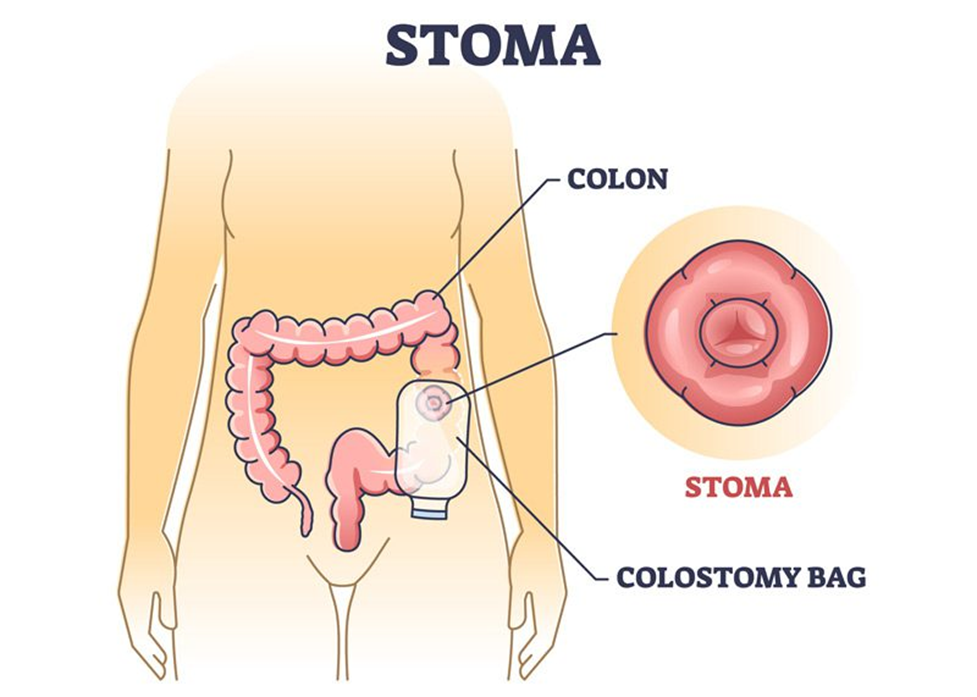A nurse is caring for a client during a routine prenatal visit.
Complete the diagram by dragging from the choices below to specify what condition the client is most likely experiencing, 2 actions the nurse should take to address that condition, and 2 parameters the nurse should monitor to assess the client’s progress.
The Correct Answer is []
In this scenario, the client is most likely experiencing iron deficiency anemia, based on the diagnostic results that show low hemoglobin (10 mg/dL), low hematocrit (31%), and low serum ferritin (9 mcg/L), which are below the normal ranges for a pregnant individual.
The correct answers are:
Potential Condition:
- a. Iron deficiency anemia
Actions to Take:
- a. Administer iron supplements (to address the anemia and increase iron levels)
- b. Teach the client about a diet rich in iron (to support iron supplementation and improve dietary intake of iron)
Parameters to Monitor:
- a. Hemoglobin levels (to assess improvements in oxygen-carrying capacity and monitor for anemia)
- b. Hematocrit levels (to monitor the volume of red blood cells and further assess anemia)
By addressing the low iron levels, administering supplements, and providing dietary guidance, the nurse can help correct the anemia. Monitoring hemoglobin and hematocrit will help track the client’s progress in overcoming the condition.
Nursing Test Bank
Naxlex Comprehensive Predictor Exams
Related Questions
Correct Answer is C
Explanation
Choice A reason: Dried fruits
Dried fruits are generally high in fiber, which can be problematic for individuals with a colostomy, especially in the initial weeks following surgery. High-fiber foods can increase stool bulk and may cause blockages or discomfort. It is recommended to avoid high-fiber foods until the digestive system has adjusted and the healthcare provider gives the go-ahead to reintroduce them gradually.
Choice B reason: Dried peas
Dried peas, like other legumes, are also high in fiber and can cause gas and bloating. These symptoms can be particularly uncomfortable for individuals with a colostomy. Additionally, legumes can increase the risk of blockages in the stoma. Therefore, it is advisable to avoid dried peas and other high-fiber legumes until the digestive system has fully adjusted.
Choice C reason: Eggs
Eggs are an excellent food choice for individuals with a colostomy. They are high in protein, which is essential for wound healing and overall recovery. Eggs are also easy to digest and do not typically cause gas or bloating. Including eggs in the diet can help ensure that the client receives adequate nutrition without causing digestive discomfort.

Choice D reason: Pasta
Pasta, particularly refined pasta, is generally low in fiber and easy to digest, making it a suitable food choice for individuals with a colostomy. It provides a good source of carbohydrates, which are important for energy. However, it is essential to monitor portion sizes and avoid adding high-fat or high-fiber ingredients that could cause digestive issues.
Correct Answer is D
Explanation
Choice A reason: A High Concentration of Carbon Monoxide Can Cause Death
This statement is correct. Carbon monoxide (CO) is a colorless, odorless, and tasteless gas that can be deadly at high concentrations. It binds to hemoglobin in the blood more effectively than oxygen, leading to hypoxia (lack of oxygen) in body tissues. High levels of CO can cause severe symptoms such as confusion, loss of consciousness, and death if not treated promptly.
Choice B reason: I Should Purchase a Carbon Monoxide Detector for My Home
This statement is also correct. Installing a carbon monoxide detector in the home is a crucial safety measure. These detectors can alert individuals to the presence of CO, allowing them to take action before the gas reaches dangerous levels. It is recommended to place detectors near sleeping areas and to test them regularly to ensure they are functioning properly.
Choice C reason: Breathing in Carbon Monoxide Can Cause Headaches and Nausea
This statement is accurate. Early symptoms of carbon monoxide poisoning include headaches, dizziness, nausea, and fatigue. These symptoms occur because CO interferes with the body’s ability to transport and use oxygen, leading to hypoxia. If exposure continues, symptoms can worsen and lead to more severe health issues.
Choice D reason: I Can Detect the Presence of Carbon Monoxide by a Metallic Odor
This statement indicates a need for further instruction. Carbon monoxide is odorless, which means it cannot be detected by smell. This is why CO is often referred to as a “silent killer.” Relying on the ability to smell CO is dangerous and ineffective. The only reliable way to detect CO is through the use of a carbon monoxide detector.
Whether you are a student looking to ace your exams or a practicing nurse seeking to enhance your expertise , our nursing education contents will empower you with the confidence and competence to make a difference in the lives of patients and become a respected leader in the healthcare field.
Visit Naxlex, invest in your future and unlock endless possibilities with our unparalleled nursing education contents today
Report Wrong Answer on the Current Question
Do you disagree with the answer? If yes, what is your expected answer? Explain.
Kindly be descriptive with the issue you are facing.
